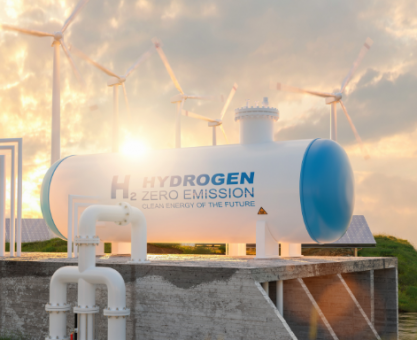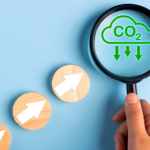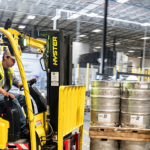Executive Summary
-
Decarbonizing supply chains is crucial for manufacturers aiming to meet global sustainability targets.
-
Key strategies include energy efficiency improvements, renewable energy adoption, and supplier collaboration.
-
Challenges include high initial costs, regulatory compliance, and technological adaptation.
-
Successful decarbonization can lead to cost savings, improved brand reputation, and compliance with international climate agreements.
Introduction
In today’s rapidly evolving global market, the pressure on manufacturers to decarbonize their supply chains has never been greater. With climate change at the forefront of policy agendas, businesses are increasingly expected to reduce their carbon footprints to meet both regulatory requirements and consumer expectations. For global manufacturers, this shift is not just a matter of compliance; it represents an opportunity to innovate and lead in sustainability. This article explores practical strategies that manufacturers can adopt to decarbonize their supply chains, highlighting the benefits and challenges involved in the process.
Definitions / Context
Decarbonization refers to the process of reducing carbon dioxide emissions, particularly in industrial operations. In the context of supply chains, decarbonization involves implementing strategies that minimize carbon emissions across each stage—from raw material sourcing to product delivery. Understanding the key components of supply chains and their respective carbon impacts is vital for effective decarbonization.
Benefits / Pros
-
Cost Savings: Energy-efficient practices can lead to significant reductions in operational costs over time.
-
Enhanced Brand Reputation: Companies that invest in sustainable practices often enjoy a boost in brand image, attracting environmentally-conscious consumers.
-
Regulatory Compliance: Meeting and exceeding regulatory standards can prevent costly penalties and open up new market opportunities.
-
Innovation and Competitive Edge: Early adopters of decarbonization strategies can set industry benchmarks and gain a competitive advantage.
Risks / Cons / Challenges
-
High Initial Investment: Implementing new technologies and processes often requires substantial upfront capital.
-
Technological Adaptation: Transitioning to low-carbon technologies may require significant changes to existing infrastructure and processes.
-
Regulatory Complexity: Navigating the diverse regulatory landscapes across different regions can be challenging.
-
Supplier Engagement: Achieving meaningful reductions often requires collaboration with suppliers, which can be difficult to manage.
Step-by-Step Process
-
Assess Current Carbon Footprint: Use tools and frameworks to evaluate the current emissions across the supply chain.
-
Set Clear Goals: Establish specific, measurable, achievable, relevant, and time-bound (SMART) decarbonization targets.
-
Engage Stakeholders: Collaborate with suppliers, customers, and regulatory bodies to align goals and expectations.
-
Implement Strategies: Adopt energy-efficient technologies, switch to renewable energy sources, and optimize logistics.
-
Monitor and Report Progress: Regularly review performance against targets, and adjust strategies as necessary.
A leading electronics manufacturer embarked on a mission to decarbonize its supply chain by switching to renewable energy sources and optimizing its logistics network. By partnering with local suppliers and investing in solar and wind energy, the company reduced its carbon emissions by 30% within five years, demonstrating both environmental and financial gains.
— Global Electronics Manufacturer
Expert Tips / Strategic Insights
-
Epiidosis recommends integrating digital technologies like IoT and AI to track and optimize energy usage in real-time, enhancing efficiency and reducing emissions.
-
Stay informed about the latest regulatory changes and incentives in your operating regions to leverage potential benefits.
-
Consider joining industry coalitions focused on sustainability to share best practices and collaborate on innovative solutions.
Tools / Resources / Calculators
-
Carbon Trust Footprint Calculator: An online tool for assessing your organization’s carbon footprint.
-
Renewable Energy Buyers Alliance (REBA): A platform offering resources and guidance for renewable energy procurement.
-
Sustainable Supply Chain Operations Management (SSCOM) Framework: A guide to integrating sustainability into supply chain management.
Conclusion
Decarbonizing supply chains is not just a regulatory requirement but a strategic move for global manufacturers aiming to stay competitive in a sustainability-focused market. By leveraging innovative strategies and technologies, manufacturers can reduce their carbon emissions, achieve cost savings, and enhance their brand reputation. For personalized guidance on decarbonizing your supply chain, consider consulting with industry experts.






















